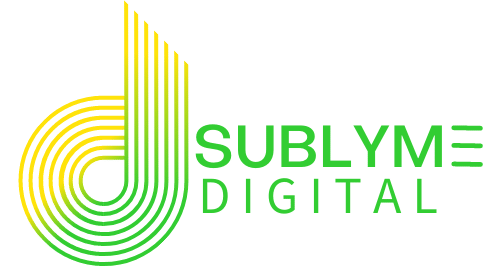Mastering Website Optimization: Enhance SEO and User Experience
In the digital age, simply having a website is not enough to capture the attention of your target audience; website optimization is key to standing out in a crowded online marketplace. A well-optimized site enhances search engine visibility and provides an exceptional user experience, ensuring that visitors not only find your site easily but also enjoy their journey through it. By focusing on quick page load times, intuitive website navigation, and mobile-friendly design, businesses can significantly improve their engagement metrics and reduce bounce rates. This professional guide will delve into the essentials of website optimization, offering insights into SEO best practices that cater to the unique needs of business professionals and marketing teams seeking to bolster their online presence.
Importance of Website Optimization
Boosting Search Engine Visibility
Website optimization plays a critical role in boosting search engine visibility, making it easier for potential customers to find your business online. To achieve high visibility, it’s essential to employ SEO best practices, such as using relevant keywords, optimizing meta tags, and creating high-quality content. Search engines prioritize websites that offer valuable information, so it’s crucial to focus on content that addresses user queries effectively. Additionally, building backlinks from reputable sites can enhance your site’s authority, further improving its search ranking. Regularly updating your content and ensuring quick page load times also contribute to better visibility, as search engines favor fast and up-to-date sites. By implementing these strategies, you create a robust online presence, ensuring your business is easily discoverable by those searching for your products or services. This, in turn, can lead to increased traffic and higher engagement metrics, benefiting your overall business growth.
Enhancing User Experience
Enhancing user experience is a fundamental aspect of effective website optimization. A positive user experience not only keeps visitors engaged but also encourages them to return. One of the key elements is quick page load times; users are likely to abandon a site if it takes too long to load, thus increasing your bounce rate. Additionally, website navigation should be intuitive and straightforward, allowing users to find information effortlessly. A clutter-free design with clear calls to action can guide users smoothly through your site, enhancing their experience further. Furthermore, a mobile-friendly design is essential, given the increasing number of users accessing websites via smartphones and tablets. Ensuring that your site is responsive across all devices helps maintain a consistent user experience, regardless of the platform. By focusing on these elements, businesses can improve engagement metrics and foster a loyal customer base, ultimately leading to better conversion rates.
Critical Factors for Optimization
Quick Page Load Times
Quick page load times are essential for both user satisfaction and search engine visibility. In today’s fast-paced digital environment, visitors expect websites to load almost instantaneously. Research indicates that most users will abandon a page if it takes longer than a few seconds to load, leading to increased bounce rates. For businesses, this could mean losing potential customers before they even view your content. To optimize load times, consider compressing images and leveraging browser caching. Minimizing HTTP requests and using a content delivery network (CDN) can also significantly enhance speed. Moreover, optimizing your code by reducing unnecessary scripts and ensuring your server is equipped to handle traffic are crucial steps. Search engines like Google use page speed as a ranking factor, so improving your website’s load time can also boost your search engine visibility. Ultimately, faster websites lead to better user experiences and improved engagement metrics.
Effective Website Navigation
Effective website navigation is crucial for guiding users seamlessly through your site, enhancing their experience and supporting your SEO efforts. A well-organized navigation structure allows visitors to find the information they need quickly and efficiently, reducing frustration and encouraging longer site visits. To achieve this, use clear and descriptive labels for your menu items, ensuring that users can easily predict the content behind each link. Implement a logical hierarchy that groups related pages together, making it simple for users to explore different sections of your website. Additionally, incorporating a search bar can further assist users in finding specific content swiftly. From an SEO perspective, search engines favor sites that have a coherent structure, as it helps them crawl and index your pages more effectively. By prioritizing intuitive navigation, you not only improve user engagement but also enhance your site’s search engine visibility, contributing to better overall performance.
Mobile-Friendly Design
Mobile-friendly design is a pivotal component of effective website optimization, driven by the rapid increase in mobile internet usage. With more users accessing content via smartphones and tablets, ensuring your website is responsive across all devices is non-negotiable. A mobile-friendly site adapts seamlessly to various screen sizes, providing an optimal viewing experience without requiring excessive zooming or scrolling. This improves user experience significantly, as visitors can navigate through content with ease, regardless of their device. Additionally, search engines like Google prioritize mobile-friendly websites in their rankings, making it essential for enhancing search engine visibility. To achieve a mobile-friendly design, consider implementing a responsive design framework, optimizing images for mobile, and ensuring text is legible on smaller screens. Regularly testing your site on different devices and browsers can help identify any issues, allowing for timely adjustments. By focusing on mobile optimization, businesses can reach a broader audience and improve overall engagement metrics.



